Filter by
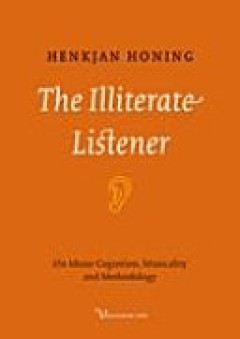
The Illiterate Listener : On Music Cognition, Musicality and Methodology
We have known for some time that babies possess a keen perceptual sensitivity for the melodic, rhythmic and dynamic aspects of speech and music: aspects that linguists are inclined to categorize under the term ‘prosody’, but which are in fact the building blocks of music. Only much later in a child’s development does he make use of this ‘musical prosody’, for instance in delineating a…
- Edition
- -
- ISBN/ISSN
- 9789048526987
- Collation
- 25p.: ill.
- Series Title
- -
- Call Number
- 781.11 HEN t
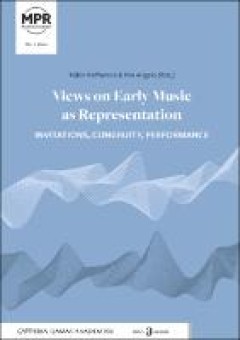
Views on early music as representation : invitations, congruity, performance
Early music performance in its broadest capacity presents a compelling case of being something in the present that is representing, presenting, enacting, re-enacting, living and re-living, concretising and fantasizing a historical past. It is both what it is and something entirely other. Inspiring countless efforts to come to terms with its nature, one way of approaching the act of conveying or…
- Edition
- -
- ISBN/ISSN
- 9788202755379
- Collation
- 261 p.
- Series Title
- MusPed:Research, 4 Classification
- Call Number
- 780.72 VIE v
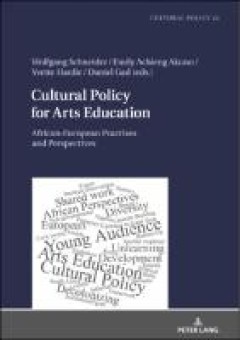
Cultural policy for arts education : African-European practises and perspectives
Arts Education institutions and programs create an excellent framework for personality development: learning knowledge, learning skills and learning life. Their attainment requires education to be a holistic concept of advancement that includes aesthetic practice and involvement with the arts. It challenges them to use their actions to think about the meaning of life, in as much as everyone can…
- Edition
- -
- ISBN/ISSN
- 9783631866801
- Collation
- 322 p
- Series Title
- -
- Call Number
- 700.71 CUL c
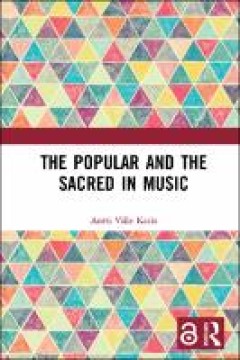
The popular and the sacred in music
Music, as the form of art whose name derives from ancient myths, is often thought of as pure symbolic expression and associated with transcendence. Music is also a universal phenomenon and thus a profound marker of humanity. These features make music a sphere of activity where sacred and popular qualities intersect and amalgamate. In an era characterised by postsecular and postcolonial processe…
- Edition
- -
- ISBN/ISSN
- 9781003183648
- Collation
- XII, 198 p.
- Series Title
- -
- Call Number
- 781.64112 KAR p

Annunciations: sacred music for the twenty-first century
Our contemporary culture is communicating ever-increasingly through the visual, through film, and through music. This makes it ever more urgent for theologians to explore the resources of art for enriching our understanding and experience of the Judeo-Christian tradition. Annunciations: Sacred Music for the Twenty-First Century, edited by George Corbett, answers this need, evaluating the relati…
- Edition
- -
- ISBN/ISSN
- 9781783747283
- Collation
- xvi, 376 p. : ill. : ind. ; 24 cm
- Series Title
- -
- Call Number
- 781.7 COR a
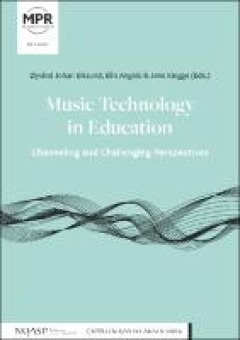
Music technology in education: channeling and challenging perspectives
This anthology presents research projects that examine the intersection between music, technology and education from a variety of perspectives. The contributors are from a range of educational programs within traditional pre-, primary and lower secondary school education, as well as music performance and technology educational programs. Data for the studies stems from primary and lower secondar…
- Edition
- -
- ISBN/ISSN
- 9788202652258
- Collation
- 285p.: ill.
- Series Title
- -
- Call Number
- 780.7 MUS m
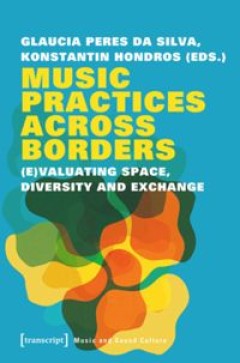
Music practices across borders : (e)valuating space, diversity and exchange
Reconnecting migration studies and the theory of valuation, this collection offers an interdisciplinary approach to the study of transnational music practices. Music is here approached as a practice not confined by audibility - rather, it is "seen" when the YouTube video is clicked, "felt" when the subwoofer vibrates, and "smelled" when the festival crowd dances: practices make music emerge in …
- Edition
- -
- ISBN/ISSN
- 9783839446676
- Collation
- 214 p.
- Series Title
- Musik und Klangkultur, 35
- Call Number
- 780.1 MUS m
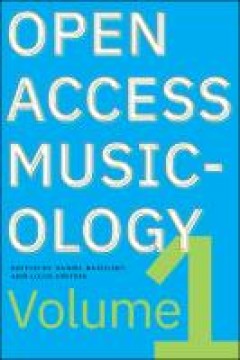
Open access Musicology volume 1
In the fall of 2015, a collection of faculty at liberal arts colleges began a conversation about the challenges we faced as instructors: Why were there so few course materials accessible to undergraduates and lay readers that reflected current scholarly debate? How can we convey the relevance of studying music history to current and future generations of students? And how might we represent and…
- Edition
- -
- ISBN/ISSN
- 9781643150222
- Collation
- x, 175p.: ill.
- Series Title
- -
- Call Number
- 780.9 OPE o

Classical music: contemporary perspectives and challenges
"This kaleidoscopic collection reflects on the multifaceted world of classical music as it advances through the twenty-first century. With insights drawn from leading composers, performers, academics, journalists, and arts administrators, special focus is placed on classical music’s defining traditions, challenges and contemporary scope. Innovative in structure and approach, the volume compri…
- Edition
- -
- ISBN/ISSN
- 9781800641150
- Collation
- XXXI, 199 p.
- Series Title
- -
- Call Number
- 780.903 CLA c
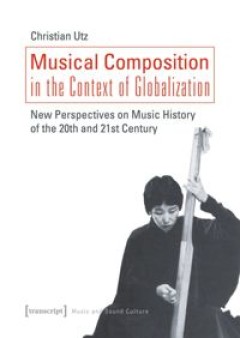
Musical composition in the context of globalization : new perspectives on mus…
Since the early transformation of European music practice and theory in the cultural centers of Asia, Latin America, and Africa around 1900, music history has to be conceived globally - a challenge that musicology has hardly faced yet. This book discusses the effects of cultural globalization on processes of composition and distribution of art music in the 20th and 21st centuries. Christian Utz…
- Edition
- -
- ISBN/ISSN
- 9783839450956
- Collation
- 527 p.
- Series Title
- Musik und Klangkultur, 43
- Call Number
- 780.905 UTZ m
 Computer Science, Information & General Works
Computer Science, Information & General Works  Philosophy & Psychology
Philosophy & Psychology  Religion
Religion  Social Sciences
Social Sciences  Language
Language  Pure Science
Pure Science  Applied Sciences
Applied Sciences  Art & Recreation
Art & Recreation  Literature
Literature  History & Geography
History & Geography